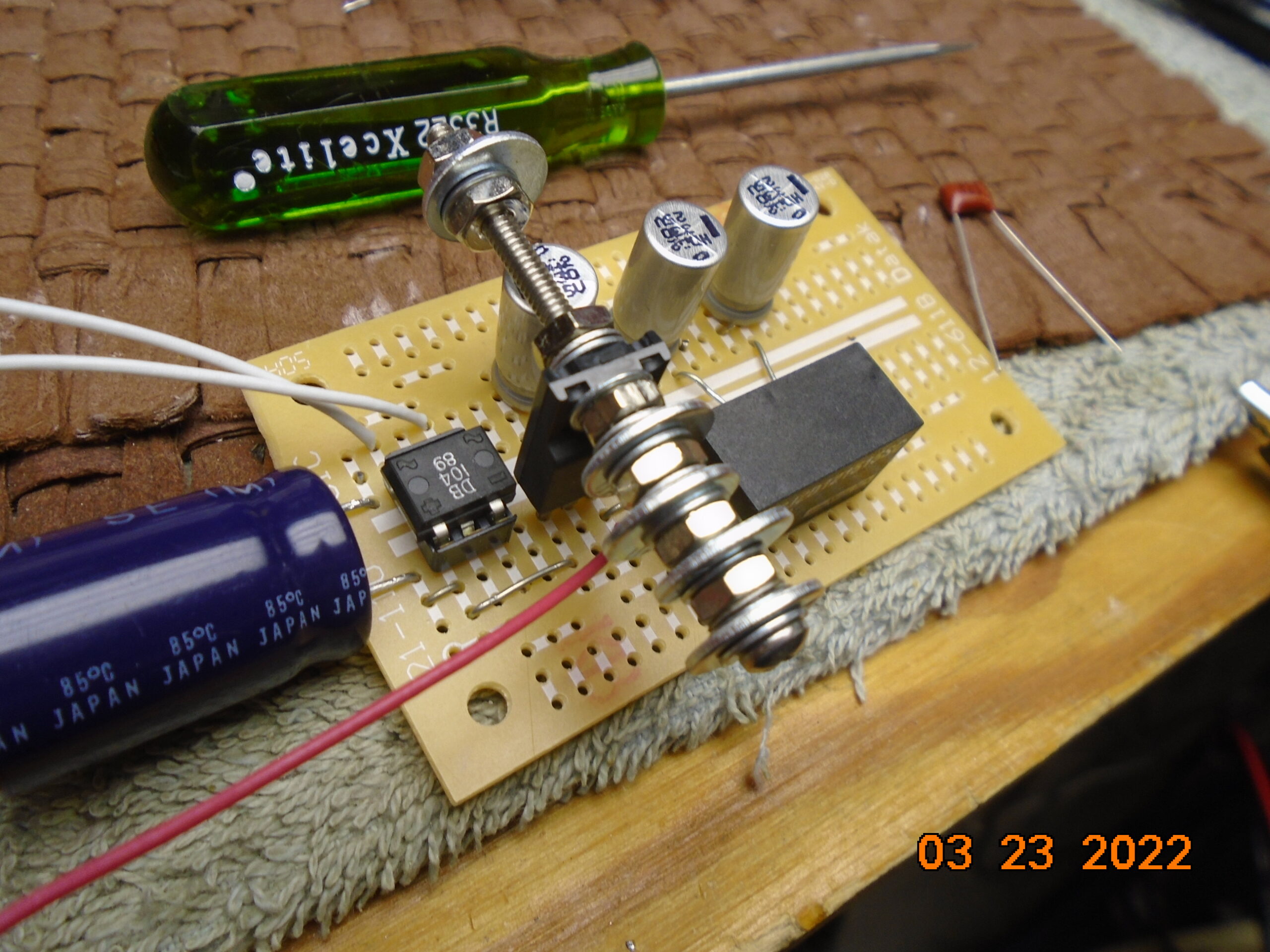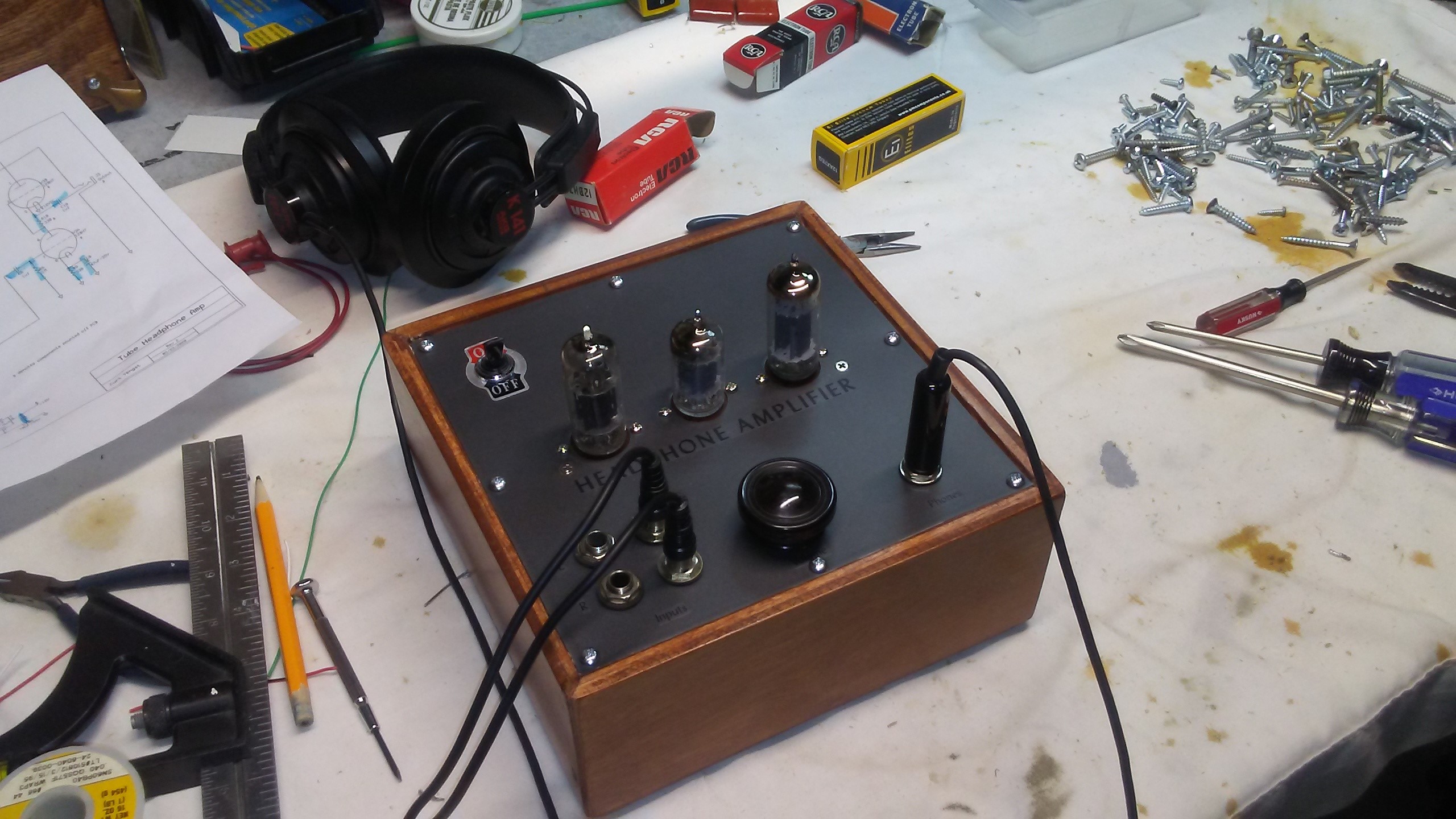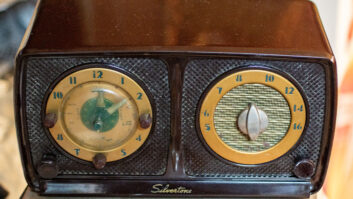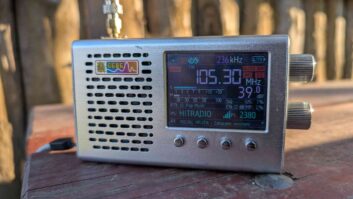Over the years we’ve published many do-it-yourself projects. When I look at data about our website traffic, it becomes evident that you enjoy this kind of article and that these stories remain popular for years after they are posted.
As my friend and colleague Buc Fitch once wrote of his fellow engineers: “It seems almost all of us in the profession possess that ‘maker instinct.’”
Some earlier Radio World project stories unfortunately lost their photos in a website migration years ago. If you spot a project story that needs its photos restored, let me know at [email protected].
But I thought I’d share a sampling of more recent articles in this vein that you might wish to revisit or may have missed. Ideas for more are always welcome!
- Michael Baldauf has been sending us delightful articles in the past year or so. In August he checked in with a project to build a sound effects “button box” around an Adafruit Audio FX Sound Board.
“If you’re like me, a little project that’s mostly for fun can also serve as stress therapy,” he wrote. “This one is actually useful too.” You’ll find it here.
- Even casual readers know that Buc Fitch loves to share the projects on his bench. In 2022 Buc described building a home-brew composite demodulator to turn baseband into discrete left and right.
“Not only is [it] useful as a confidence check and troubleshooting aid, but in the age of FM translators for struggling AMs, the convenience of having discrete left and right at the transmitter site facilitates separate processing for the mono AM and stereo FM translator.” Check it out here.

- Two years prior, Buc provided an easy solution to an everyday engineering problem by showing us how to build an unbalanced-to-balanced adaptor. Find that one here.
- In 2014 Dana Puopolo helped readers build a simple active transformer. “Here is a circuit that will both match levels and impedances,” he wrote. “It’s very simple — just a dual opamp IC, four capacitors and seven resistors — yet versatile.” He described it here.
- The Workbench column by John Bisset often features the good ideas of Frank Hertel. In 2021 Frank laid out how to build a dimmer circuit for an LED fixture for your shop or workbench.
“Frank decided on the ever-so-handy 555 Timer IC, which was configured as an adjustable duty cycle square wave generator,” John wrote. Read the rest here.
- During the pandemic, Curt Yengst wrote “My Vacuum Tube Headphone Amp Project,” prompted by reading a book by Merlin Blencowe about designing high-fidelity tube preamps that his wife had given him.
“Could I build a working vacuum tube headphone amp with only the parts I had on hand,” he wondered. He did, and you can read his article about it here.

Curt died less than two years later, only 52 years old. He literally was buried with a tweaker in his hand, placed there by his youngest child, age 10, who would often “borrow” his tools to replace batteries in toys.
- And Mark Persons was thinking about this very subject in 2017, when he wrote: “Some of us still do create solutions by hand, even in this plug’n’play world.” His article was less about a particular project and more a review of his experiences at “pulling apart and putting together.” Check that out here.







